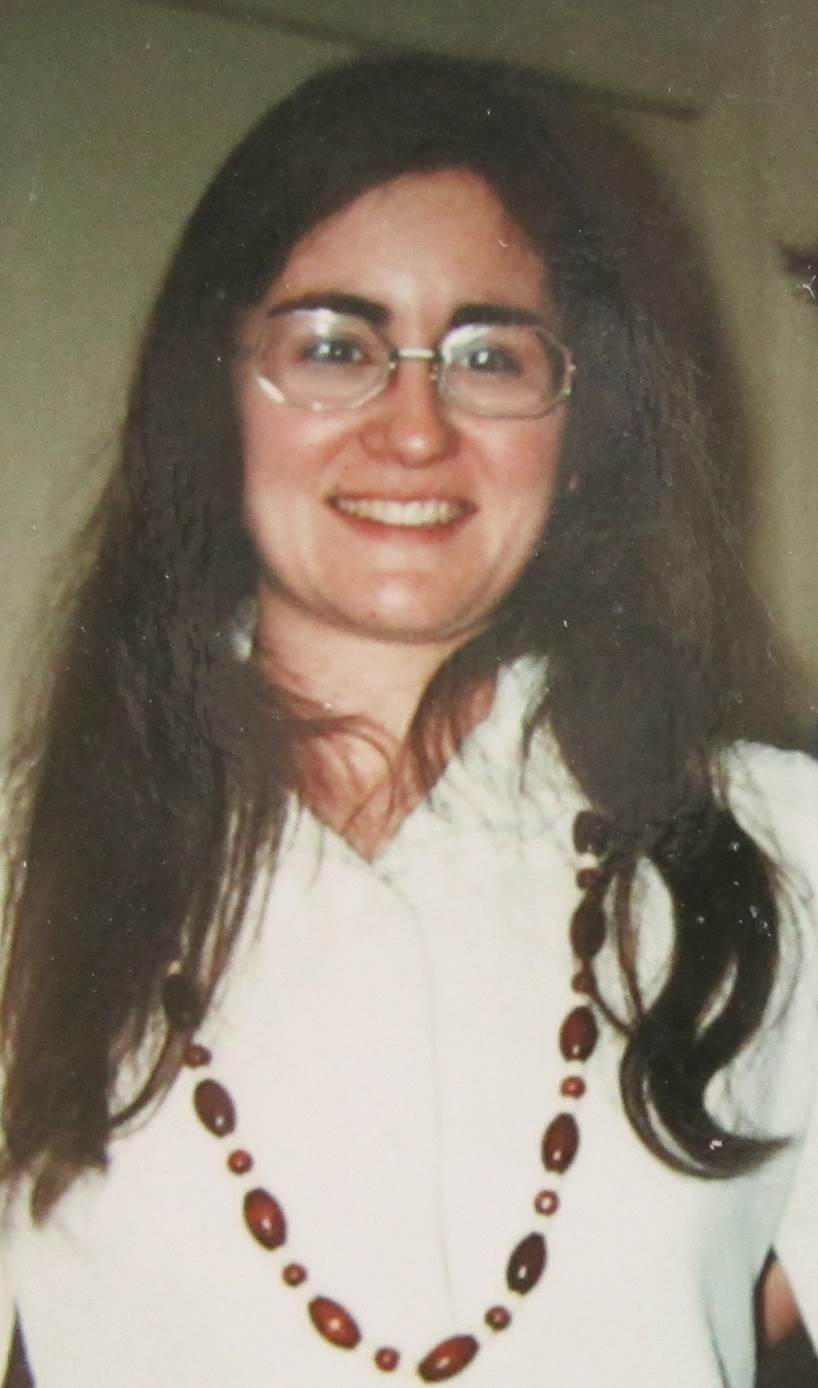Gleanings of the Week Ending May 23, 2015
/The items below were ‘the cream’ of the articles and websites I found this past week. Click on the light green text to look at the article.
New Battery Technology Will Fundamentally Change the Way the Grid Operates - Cost effective storage of energy seems to be on the near horizon. It could overcome the complaint about the intermittent nature of solar and wind power generation.
The Chemistry of Permanent Hair Dyes - There are probably still a lot of people covering grey hair with permanent hair dyes…not me. I’d rather enjoy my natural salt and pepper!
A Gorgeously Detailed View of Antarctica's Churning Ocean Currents and Antarctica’s Larsen B Ice Shelf Will Likely Disintegrate by Decade's End - Two recent articles about Antarctica. The first one is a visualization of simulations done at Los Alamos National Laboratory. The second article is bad news since it means global sea level rise will be increasing as glacial ice enters the ocean faster.
From Snapshot to Science: Photos of Biodiversity as Useful Records - Learn about National Geographic’s Great Nature Project. The Belmont BioBlitz observations have become part of the project!
The Birth of a Bee - A short video…well worth watching.
Recommended levels of activity rarely achieved in busy workplace environment - Many workplaces are quite sedentary. This study looked at 83 employees in a hospital. Only 6% of the participants reached the 10,000 steps per day goal even though the jobs of 53% of the participants were assumed to require ‘high’ levels of activity! I know when I started wearing a Fitbit I had to focus on getting steps in after my workday. Now that I am retired, it is easier to get the steps in throughout the day rather than focused at the end of the day.
China Coal Use Continues To Fall “Precipitously” - Now if this trend will continue….
First fully warm-blooded fish: The opah or moonfish - And now we discover that there is an exception to something we all learned in school….fishes are not all cold-blooded.
A Map Showing the "Most Distinctive" Causes of Death by State - It is a very colorful map…but does it mean very much. The most distinctive form of death in Maryland seemed strange to me…and ‘tuberculosis’ was listed for Texas.
How Machines Destroy (And Create!) Jobs, In 4 Graphs - I was somewhat surprised that the ‘services’ sector is not even larger. Looking at the graph historically - white collar jobs became the highest percentage and number of jobs in the 1950s and the trend continues.

























